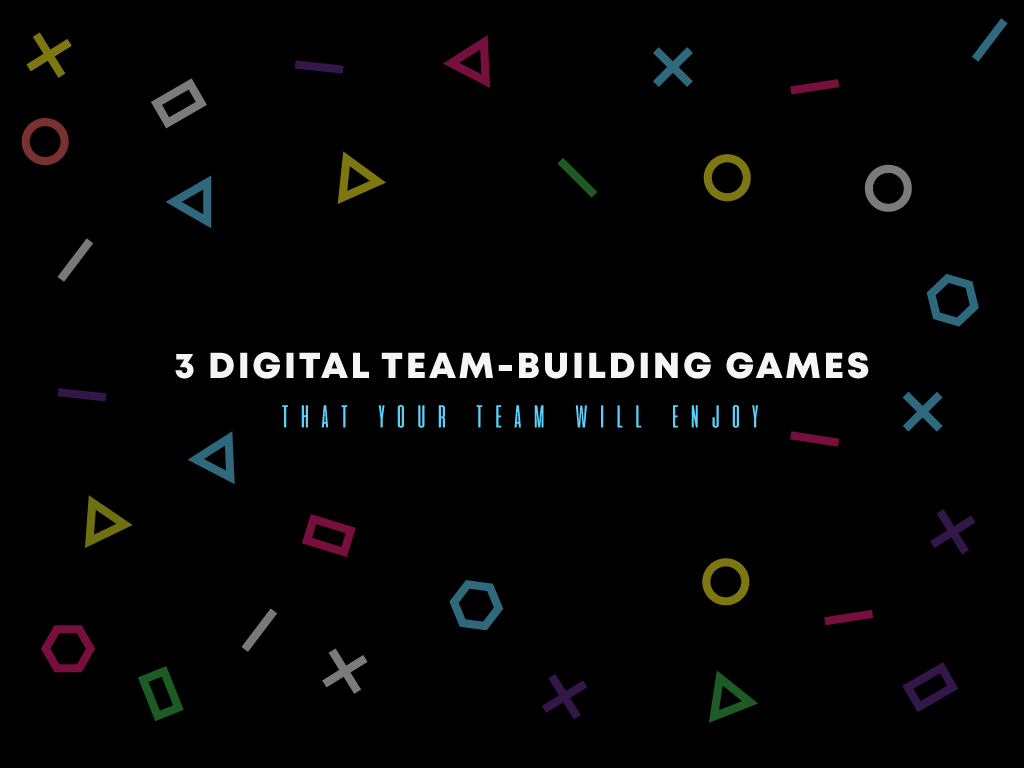The Future of Play: Exploring the Intersection of Generative AI and Gaming

Table of Contents
Introduction to Generative AI
Generative AI is a subset of artificial intelligence that has the ability to create something new. It’s a machine learning model that learns from data and then uses that knowledge to generate new content. This could be anything from a piece of music, a poem, a piece of art, or even a video game. The potential of generative AI is vast and it’s already starting to make waves in the gaming industry.
In the gaming world, generative AI opens up exciting possibilities for creating dynamic, immersive, and personalized experiences. It’s a tool that can be used to create new levels, characters, and even entire games, providing a unique experience every time a game is played.
Understanding the Basics of Gaming
Video games have come a long way since the days of Pong and Space Invaders. Today’s games offer immersive worlds with complex narratives and realistic graphics. They engage players with challenging gameplay, social interaction, and the chance to step into another reality. But at their core, all games are about one thing: play. They are rule-based systems that offer players a series of challenges to overcome.
The gaming industry has evolved significantly over the years, from simple arcade games to complex virtual worlds. With the advent of new technologies, games have become more interactive, offering players a more immersive experience. This evolution has opened up new possibilities for game design, paving the way for the use of advanced technologies like generative AI.
The Role of AI in Gaming
Artificial Intelligence has been a part of video games for decades. It’s used to control non-player characters, generate levels, and even influence game narratives. However, the advent of more advanced AI techniques is leading to even more immersive and dynamic gaming experiences.
AI in gaming is not just about creating smarter enemies or more realistic non-player characters. It’s also about creating more dynamic and immersive game worlds. With generative AI, game developers can create worlds that change and evolve in response to the player’s actions, providing a unique experience every time the game is played.
Generative AI in Game Design
Generative AI is changing the way games are designed and played. Instead of developers creating every element of a game by hand, AI can now generate content on the fly. This could be anything from creating new levels to populate a game world, to generating characters and quests. This not only saves time and resources, but also creates a more dynamic and unpredictable gaming experience.
According to Kaveh Vahdat, founder and CEO of RiseAngle, speaking about generative AI gaming at Pocket Gamer Connects Seattle, the use of generative AI in game design is still in its early stages, but the potential is enormous. Imagine playing a game where every level is different, where characters evolve and change, and where the storyline adapts to your actions. This is the promise of generative AI in gaming. Watch a full video of the speech here.
Procedural Content Generation
Procedural Content Generation (PCG) is a method of creating game content algorithmically, rather than manually. This means that a game can generate new levels, enemies, and items on the fly, creating a unique experience every time a player plays the game. With the help of AI, PCG can create vast, complex game worlds that are different every time you play.
PCG is not a new concept in gaming. It’s been used in games like Minecraft and No Man’s Sky to create vast, explorable worlds. However, with the advent of more advanced AI techniques, PCG can be taken to a whole new level, creating game worlds that are not only vast but also richly detailed and highly interactive.
AI-Driven Storytelling
One of the most exciting applications of generative AI in gaming is in the realm of storytelling. Traditional game narratives are linear and pre-scripted. But with AI, games can create dynamic narratives that change based on the player’s actions. This creates a more immersive and personalized gaming experience.
In addition to creating dynamic narratives, AI can also be used to generate dialogue, create character backstories, and even influence the game’s music and sound effects based on the narrative progression. This level of dynamic storytelling can make games more engaging and replayable, as each playthrough offers a unique narrative experience.
The Role of AI in Game Testing
AI is not only revolutionizing game design and player experiences, but it’s also transforming the way games are tested. Traditionally, game testing has been a time-consuming and labor-intensive process. However, with the advent of AI, this process can be significantly streamlined.
AI can automate the testing process, quickly identifying bugs and issues that might take a human tester much longer to find. Furthermore, AI can simulate player behavior, providing valuable insights into how real players might interact with the game. This can lead to more effective testing and ultimately, a better final product.
AI and Player Interaction
Another fascinating aspect of AI in gaming is its potential to change the way players interact with games. With advancements in natural language processing and machine learning, AI characters in games are becoming more responsive and realistic.
These AI characters can understand and respond to player input in natural language, making the gaming experience more immersive. They can also learn from each interaction, adapting their behavior to provide a more personalized experience. This level of interaction was unthinkable a few years ago but is now becoming a reality thanks to generative AI.
Personalized Gaming Experiences
Generative AI can also be used to create personalized gaming experiences. By learning a player’s preferences and playstyle, AI can tailor the game to suit the individual. This could mean adjusting the game’s difficulty level, changing the narrative, or even altering the game’s visual style.
Personalization in gaming can lead to more engaging and satisfying experiences. When a game adapts to the player, it can provide just the right level of challenge and keep the player engaged for longer. With generative AI, games can offer this level of personalization, adapting in real-time to the player’s actions and decisions.
The Challenges of Generative AI in Gaming
While generative AI offers exciting possibilities for gaming, it also presents significant challenges. One of the biggest is ensuring the quality of the generated content. While AI is capable of creating vast amounts of content quickly, it’s not always up to the standard that players expect. There’s also the challenge of unpredictability. AI can create unexpected results, which can be a blessing and a curse in game design.
Another challenge is the computational resources required for generative AI. Creating content in real-time using AI requires a lot of processing power, which can be a barrier for smaller game developers. However, as AI technology continues to improve and become more efficient, this barrier is likely to become less of an issue.
Case Study: AI in Popular Games
Several popular games have already started using AI in innovative ways. For example, the game “No Man’s Sky” uses procedural generation to create a vast, explorable universe. The game “Middle-earth: Shadow of Mordor” uses an AI system to create unique, personalized enemy characters. These examples show the potential of AI to create dynamic, engaging gaming experiences.
In “No Man’s Sky”, the game world is generated as the player explores, creating a unique universe for each player. In “Middle-earth: Shadow of Mordor”, the game’s Nemesis system uses AI to remember the player’s interactions with certain characters, which influences those characters’ future behavior. These are just a few examples of how AI can create more dynamic and personalized gaming experiences.
The Future of Generative AI in Gaming
As AI technology continues to advance, its role in gaming is likely to grow. We can expect to see more games using AI to generate content, create dynamic narratives, and personalize the gaming experience. In the future, we might even see games that are entirely generated by AI.
The future of generative AI in gaming is exciting. With advancements in AI technology, games could become more immersive, dynamic, and personalized than ever before. We could see games that adapt to the player, creating unique experiences that change with each playthrough. As AI continues to evolve, the possibilities for gaming are virtually limitless.
The Impact on the Gaming Industry
The use of generative AI in gaming could have a significant impact on the gaming industry. It could change the way games are developed, with less need for manual content creation and more focus on designing systems and rules. It could also lead to new types of games that offer more dynamic and personalized experiences.
The impact of generative AI on the gaming industry could also extend to the business side of things. With AI-generated content, game developers could potentially reduce development costs and time, allowing for quicker releases and updates. Furthermore, personalized gaming experiences could lead to higher player engagement and retention, which could have a positive impact on a game’s success and profitability.
Generative AI Gaming Revolution
Generative AI is set to revolutionize the world of gaming. It offers the potential for more dynamic, immersive, and personalized gaming experiences. But it also presents challenges and raises ethical questions. As with any new technology, it will be important for the gaming industry to navigate these challenges carefully. But one thing is clear: the future of gaming is bright, and generative AI will be a big part of it.





